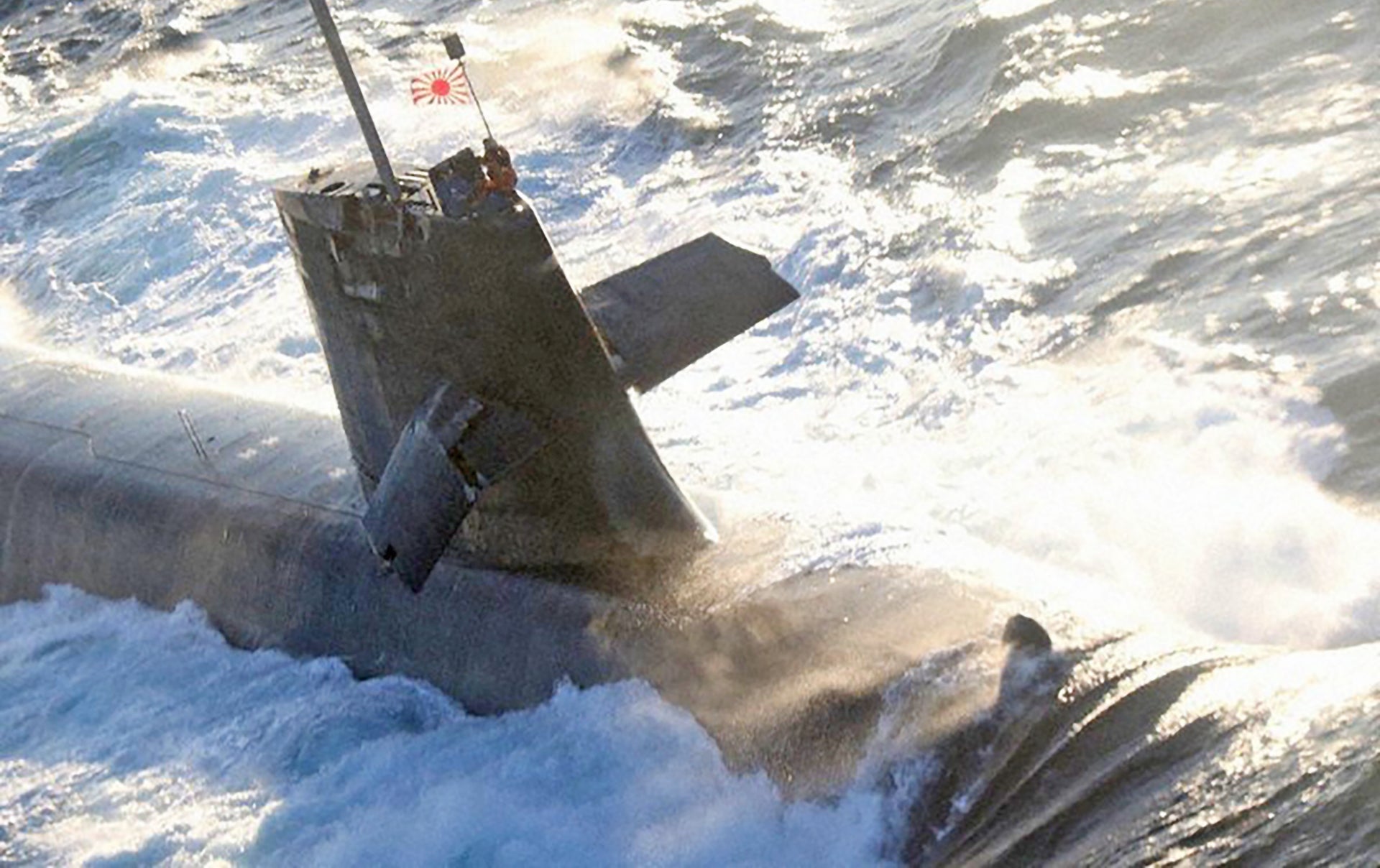A collision between a Japanese submarine and a cargo ship in the Pacific Ocean has resulted in injuries to at least three submariners, according to initial reports. The incident occurred today at 10:58 AM local time, around 25 miles southeast of Cape Ashizuri, in the waters off the island of Shikoku, which lies southwest of Japan’s main island of Honshu.
The submarine involved was the first-in-class Soryu, one of 11 of these diesel-electric attack submarines active with the Japan Maritime Self-Defense Force (JMSDF). The submarine entered service in 2009 and was taking part in a routine training exercise at the time of the collision.
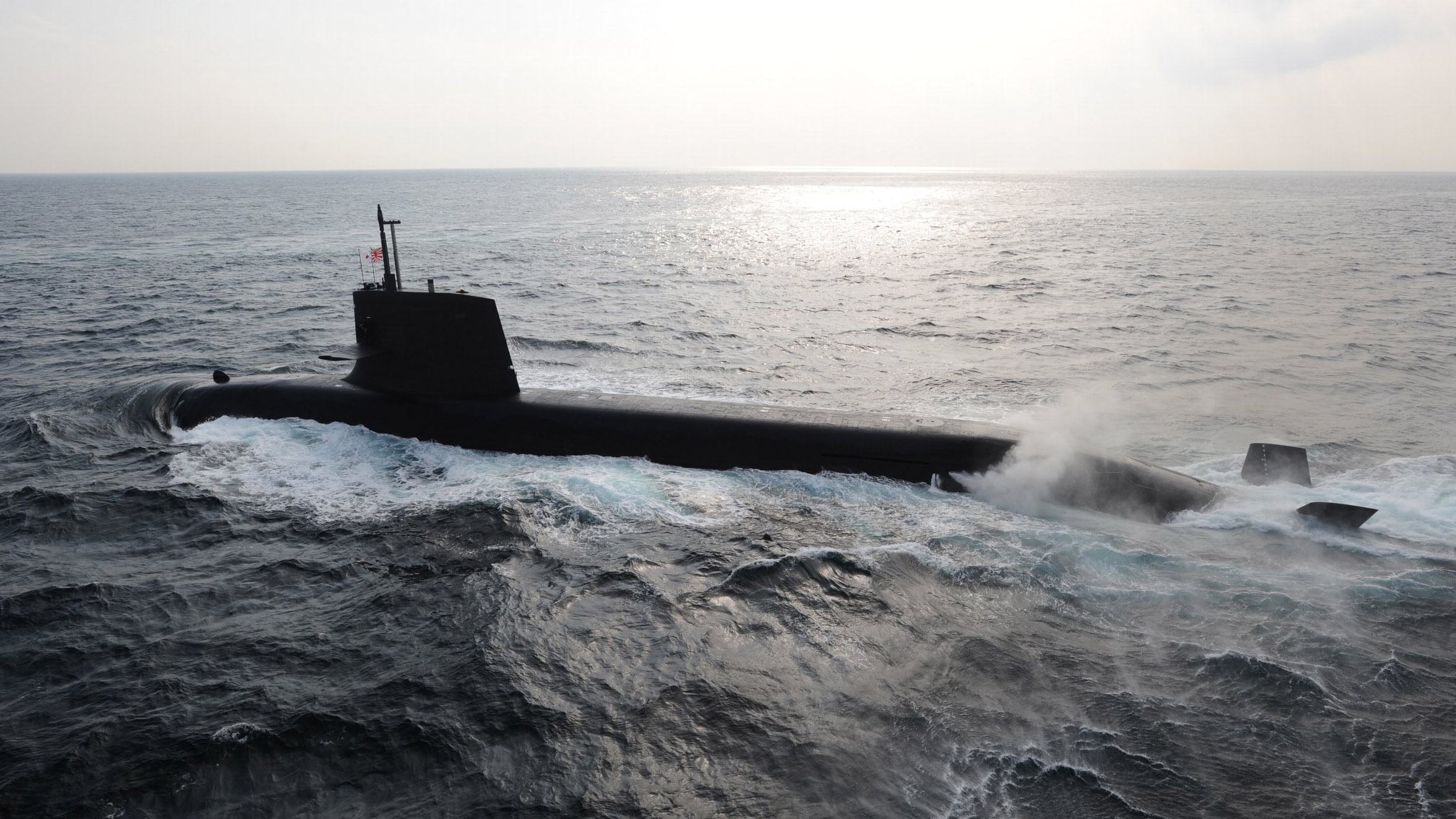
The Soryu, which has a surfaced displacement of approximately 2,900 tons and a length of just over 275 feet, scraped the hull of the commercial vessel as it was surfacing, according to the Japanese Ministry of Defense.
Unconfirmed reports suggest the cargo ship was the bulk carrier Ocean Artemis, which departed the Chinese city of Qingdao on Friday and was headed for Okayama Prefecture in western Japan. With 51,000 gross tons and a length of 750 feet, the Ocean Artemis is registered in Hong Kong and was transporting iron ore.
Japanese government officials stated that three crew members on the submarine suffered minor injuries that did not require hospital treatment. Supposedly, damage to the Soryu was limited to a mast housing a periscope and a communication antenna and the submarine was able to continue. However, it is not known if it headed back to its homeport at Kure in Hiroshima Prefecture.
The damage to the antenna mast seems to have resulted in a total loss of communications and the submarine was required to navigate to a location where the crew could contact their base headquarters using mobile phones. This resulted in a delay of three and a half hours before the crew of the Soryu could report the accident.
A series of images provided by the Japan Coast Guard — including the photo at the top of this feature — that show the Soryu after the incident reveal additional and more serious damage to the submarine, especially to its sail and dive planes. The photos were taken from one of the Coast Guard’s Saab 340B maritime patrol aircraft.
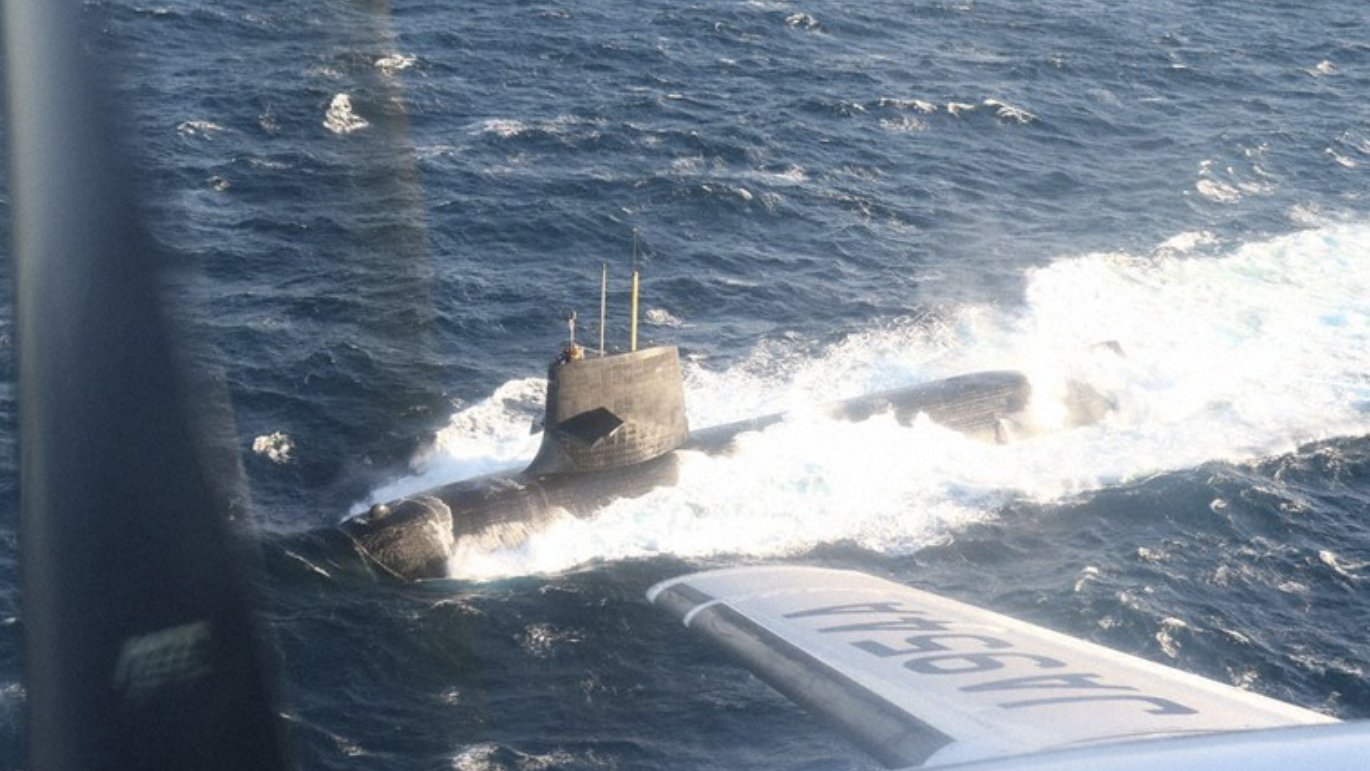
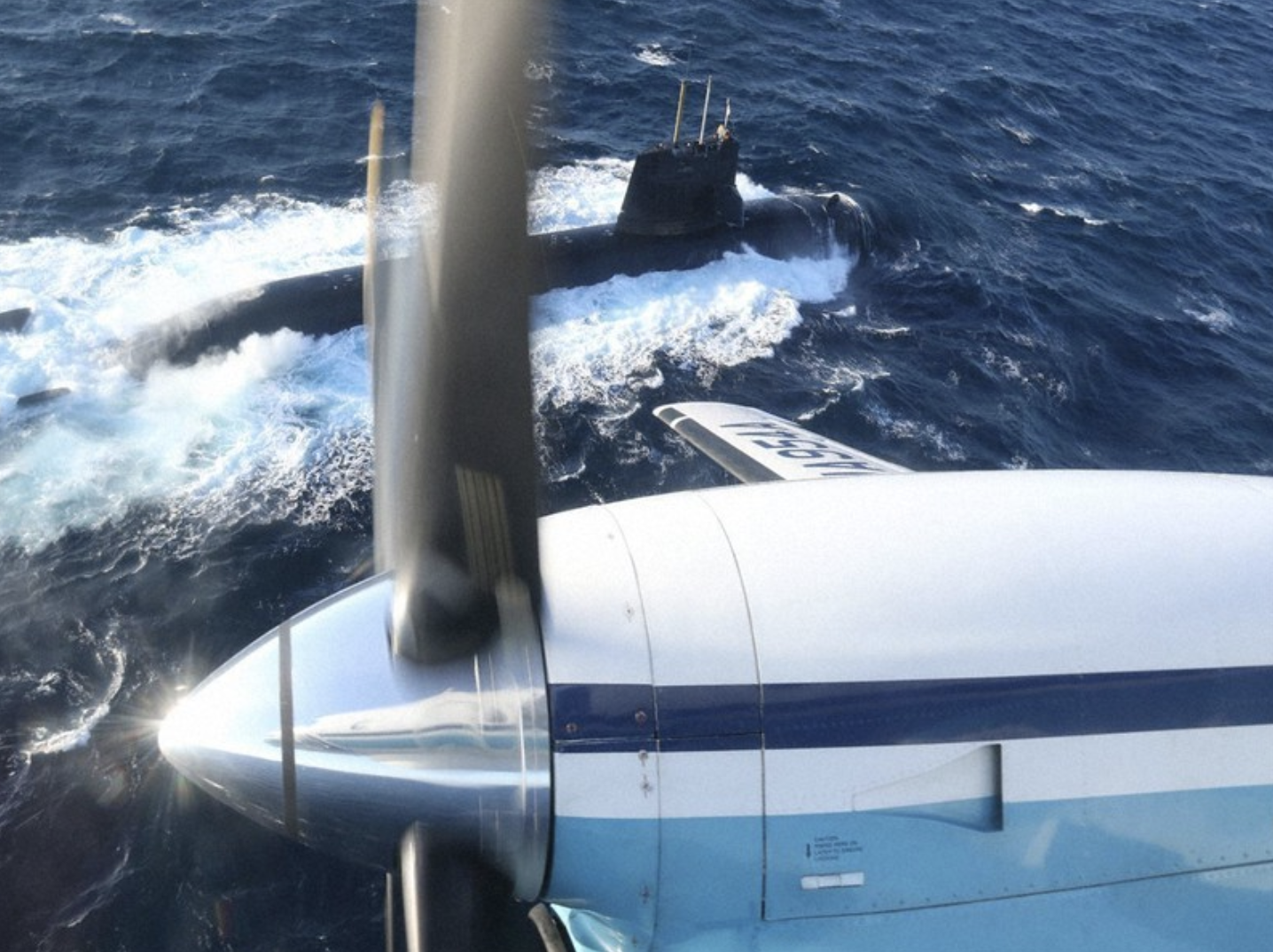
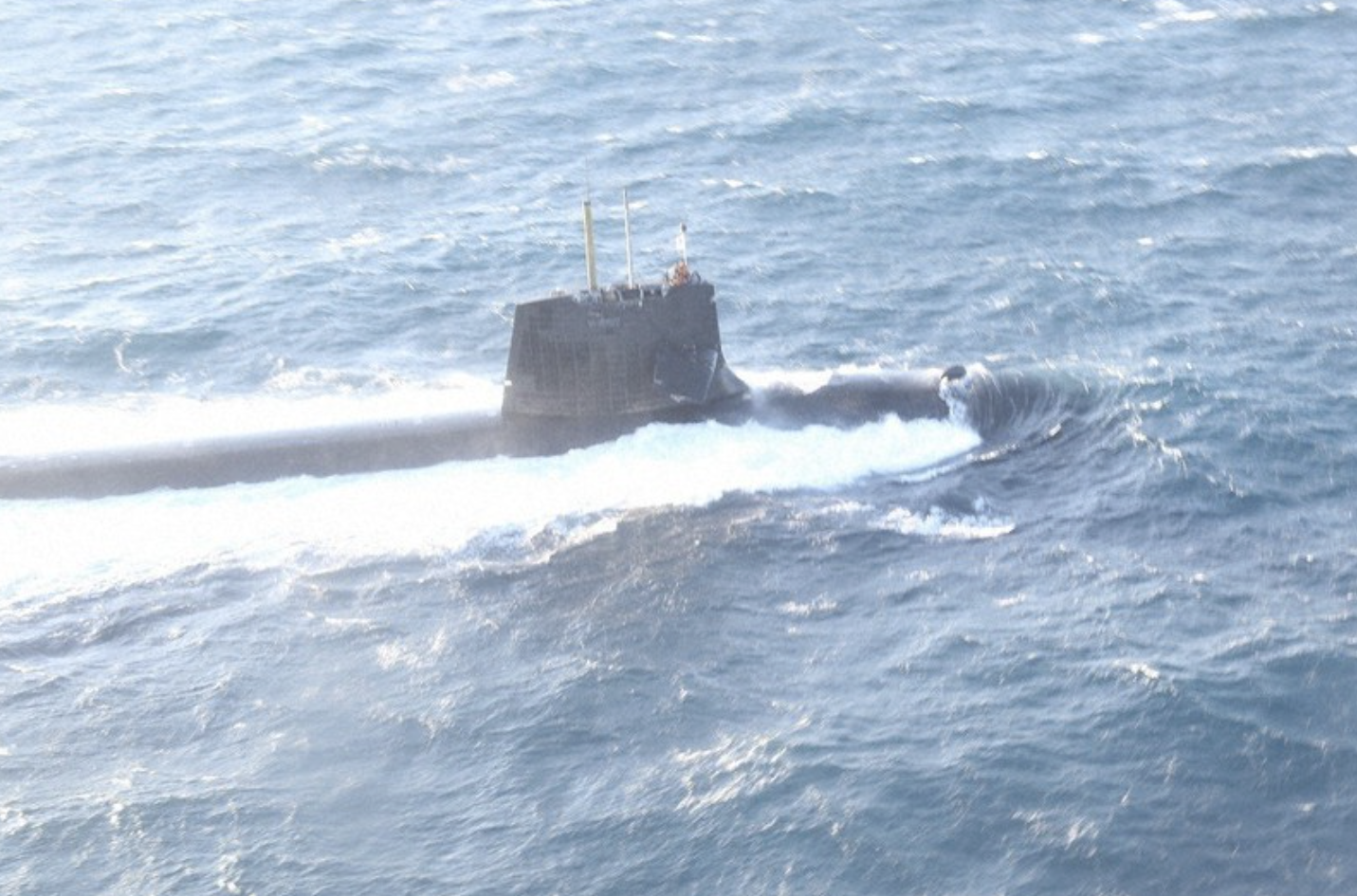
Japanese Chief Cabinet Secretary Katsunobu Kato told members of the press that the commercial vessel had reported to the Japan Coast Guard that no impact was felt, and it does not appear to have sustained any damage. So far, there have been no reports of injuries to any of the crew of the commercial vessel.
Immediately after the accident, the Japanese government set up a response unit to investigate how the collision happened, as well as to assess the safety of the commercial vessel and provide rescue services if required. In a statement, Japan’s Minister of Defense Nobuo Kishi said the collision was “regrettable.”
The incident demonstrates the risk of collision between submarines and surface vessels, especially when the former are surfacing. Collisions with surface vessels, as well as underwater obstructions, or even the seabed, are an ever-present hazard.
For a submarine’s crew to be provided with collision-warning, its active sonar has to be operating. While this can be activated to see if there any obstacles in the submarine’s path, in many operational scenarios the active sonar is not an option since it emits signals that other submarines and ships can detect.
“There are conditions when you can have a quick transmit to see if there’s anything in the way, but operational scenarios more often than not will not support that,” former British Royal Navy submarine commander Jeff Tall explained to the Guardian in 2003. “If you transmit on your own signal — if you go ping — some other bastard is going to hear it.”
On the other hand, the submarine’s passive sonar avoids the risk of detection and could have been used in this scenario. While a passive sonar may provide less information than its active counterpart, a vessel the size of this cargo ship that is underway should have been detected. If the commercial vessel was not running, it may have been harder to detect and/or find a range for.
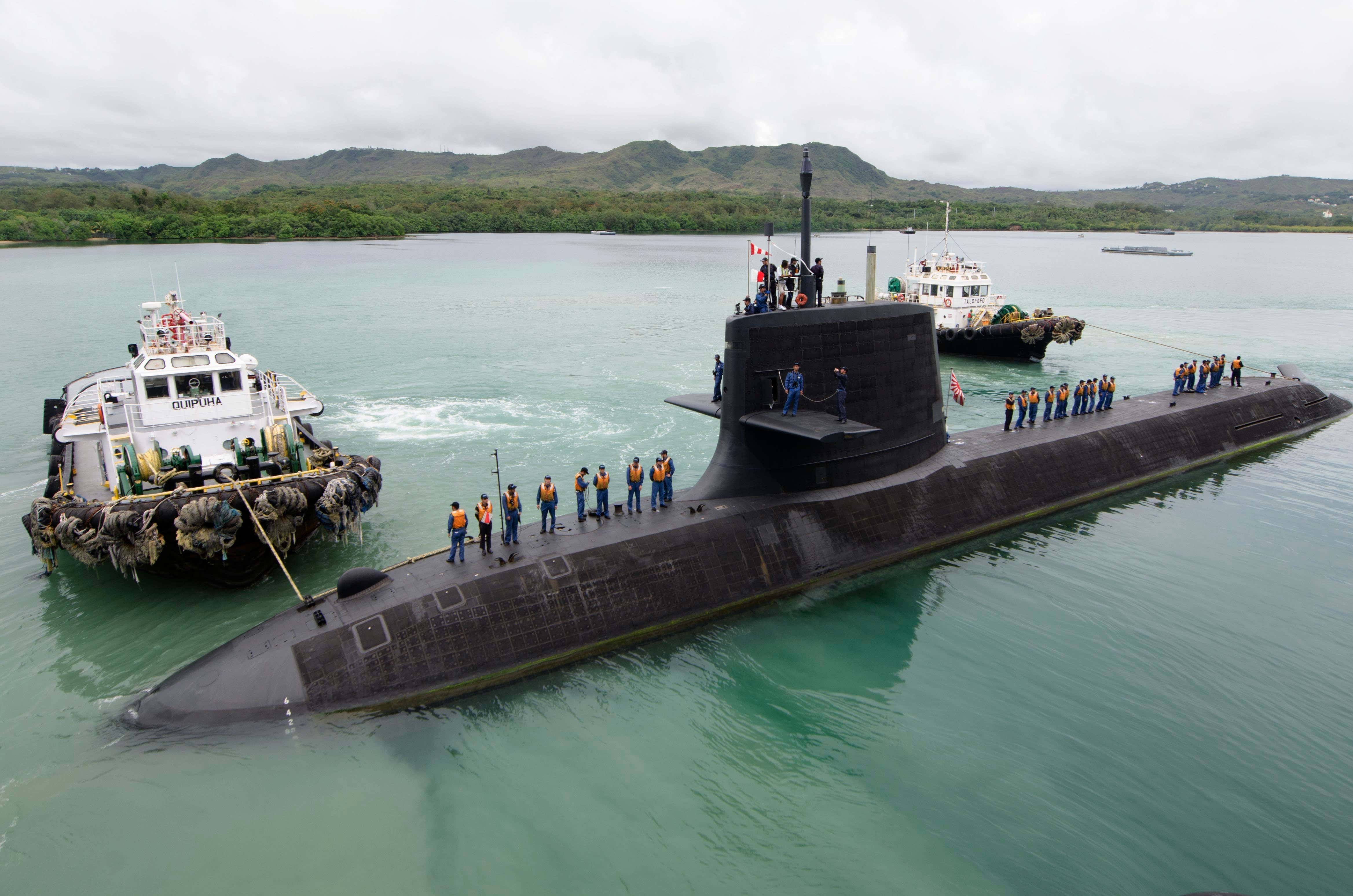
While running submerged, a submarine can also call upon its inertial navigation system, which should provide an accurate position, based on 3D gyroscopes, but which is only useful for non-moving obstacles. Furthermore, the inertial navigation system needs frequent calibration to ensure its accuracy. Navigating underwater is also heavily dependent on having very accurate maps of the seabed, which in turn requires various types of underwater survey equipment.
The process of surfacing is recognized as one of the riskiest that a submarine has to do. Before completing such a maneuver, the crew will first plot any objects that can be detected on the surface — such as commercial vessels, or indeed warships. However, some surface obstacles are notoriously tricky to identify using sonar, in particular icebergs. The periscope can also be used just prior to surfacing, scanning the surface of the water for shadows of potential hazards.
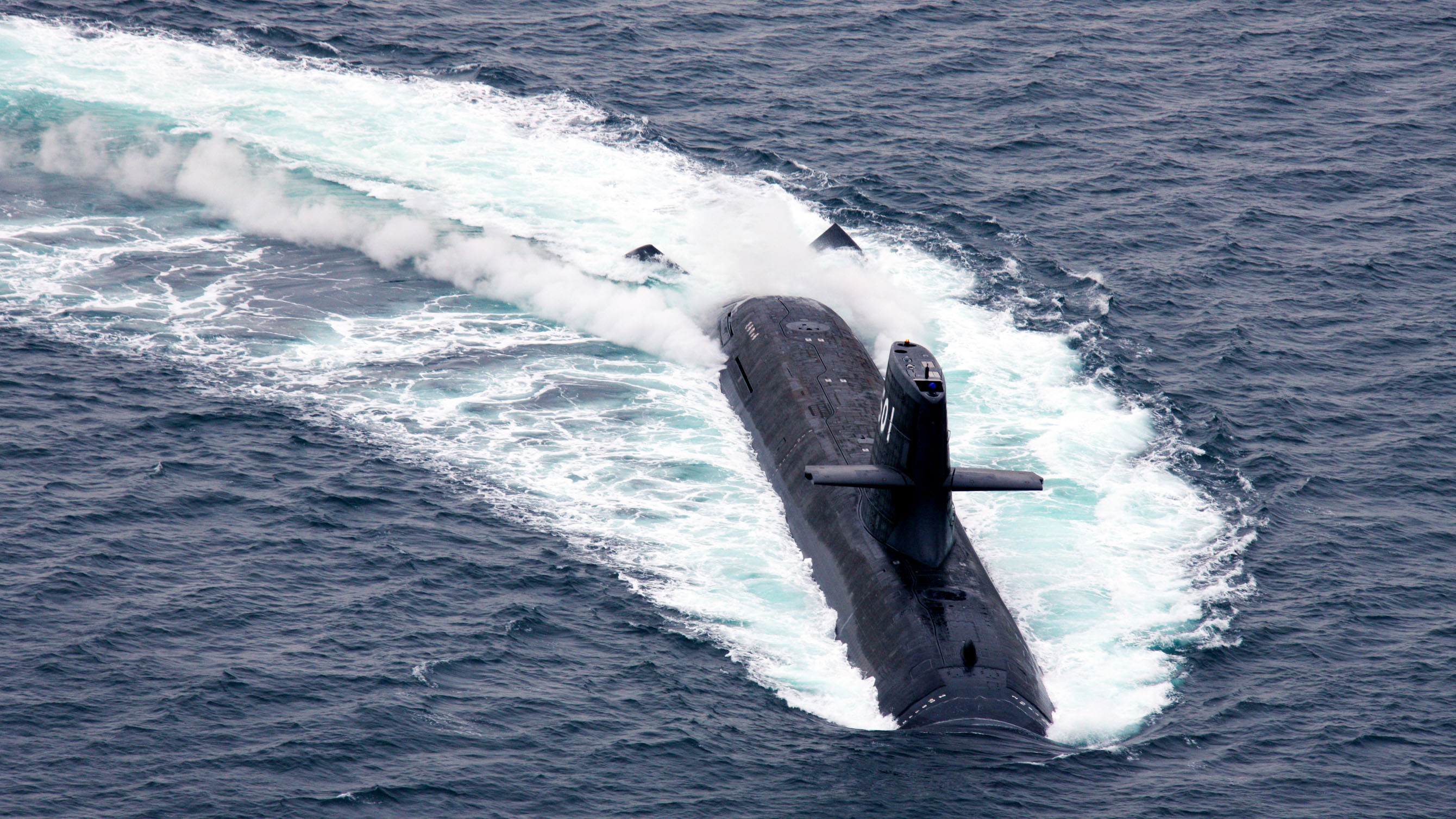
Professor Ito Toshiyuki, a retired JMSDF vice admiral, told the Japan Broadcasting Corporation that the accident should not have occurred. He noted that the dangers of the surfacing procedure would have been known to the crew and that they should have confirmed that the maneuver was safe using the sonar systems. It suggested that the sonar system may not have been properly functioning, or otherwise, there could have been “problems with the crew’s skills or their teamwork.”
While we don’t yet know the cause of this accident, it is possible that only luck prevented a much worse outcome. In February 2001, for example, a Japanese fishery training ship, the Ehime Maru, was struck by the Los Angeles class nuclear-powered attack submarine USS Greeneville, when it surfaced south of Oahu, Hawaii. On that occasion, the commercial vessel was sunk with the loss of nine of the 35 people on board.
Update, 7:30 am PST: Since we posted this story yesterday, a number of new photos have become available, revealing in quite a lot more detail the damage sustained to the submarine. In particular, it’s now clear that the starboard-side dive plane received a significant hit, and can be seen almost broken in two around the midway point. In more than one photo, crewmembers can be seen securing the broken dive plane with cables. There also appears to be rather more severe damage to the top of the sail itself, with a number of anechoic titles missing. The submarine now seems to be at the port of Kochi on the island of Shikoku.
After publishing our initial story, we also received some interesting insight from several U.S. Navy veterans. The first of these, a former submariner who saw active service during the Cold War, provided the following observation:
“I can attest to the risky nature of either going to periscope depth (PD) or surfacing. I would be confident that the Japanese sub crew was following all the normal protocols for either op but still managed to not detect the freighter. We nearly had it happen to us — with all the latest sonar assets and following protocol to the letter. All failed to detect the Russian freighter 500 yards off our port side. Yes, close enough to pick out the flag while executing a crash dive. Best we could figure after the laundry moment was there was a really hard salinity layer above us that was deflecting all the noise from the Russian.”
A retired U.S. Navy commander suggested that the Japanese submarine could have been in the process of a training routine, during which it was looking at the underside of the ship. In this way, the submarine could have either simply got too close to the cargo ship to avoid a collision or otherwise got sucked toward it by the hydrodynamic forces imparted. The same source added:
“I am inclined to think that the professionalism in the submarine world — among ourselves and our immediate friends — is such a high standard that this mishap under the sea was a snoop gone wrong.”
We will continue to update this story as and when more confirmed details of the incident emerge.
Contact the author: thomas@thedrive.com
